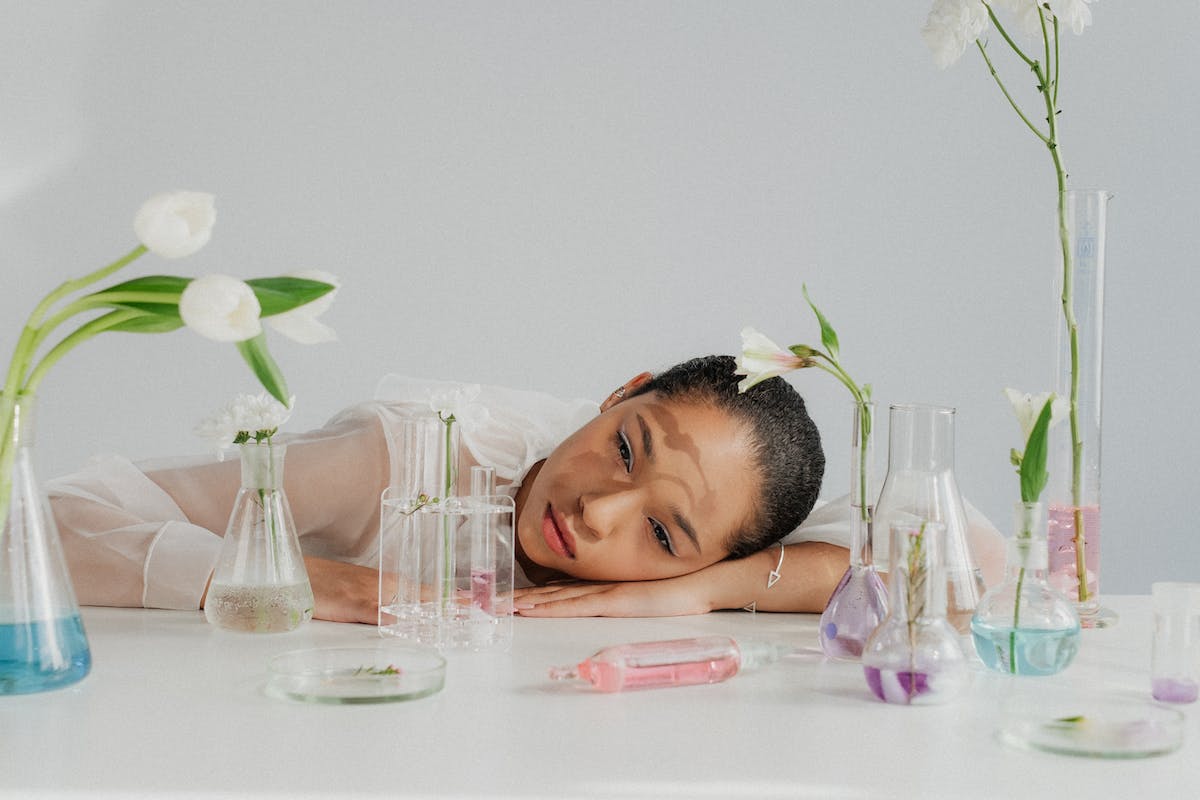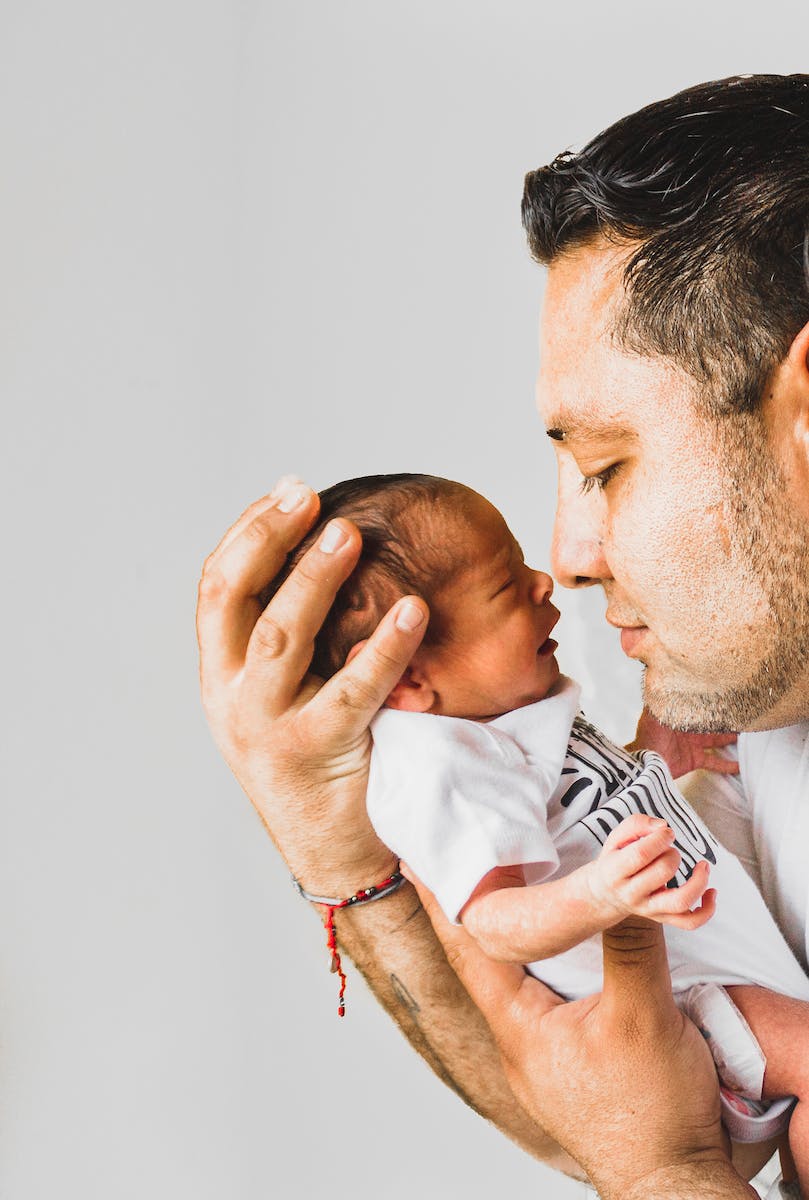Advertisement
Lifestyle
What could be the cause of my twitching before I fall asleep?

Ask a Doctor: Why do I twitch before falling asleep?
Beginning with Basics: Hypnagogic Jerks Explained
Ever had a night where you’re just about to drift off into dreamland only to be jolted awake by the sudden feeling of falling? You’re not alone! These involuntary twitches are commonly termed as “Hypnagogic jerks” or “sleep starts”. In this part, we aim at delving into the rudimentary understanding of this sleep phenomenon.
These spasms happen when a person is transitioning from a wakeful state to a sleeping one. This period is referred to as the hypnagogic state, hence the name “hypnagogic jerks”. While they can be concerning due to their sudden nature, these jerks are usually harmless and don’t signify any underlying health condition.
Not everybody who experiences these jerks remembers them, because they are often too brief. They last for less than a second, and then you’re off to sleep. So if you remember that startling jolt just before sleep, you likely experience hypnagogic jerks.
Let’s take an instance of Alice, who was just dozing off after a tiring day at work. Just on the brink of sleep, she suddenly felt as though she’d tripped. Startled, she woke up momentarily. This continued over several days, causing her some concern. But upon consulting her doctor, Alice was reassured that it’s a normal phenomenon called the hypnagogic jerk.
- Alice isn’t the only one; almost 70% of people experience hypnagogic jerks.
- It’s more common in children and older individuals.
- The sensation lasts for just a split second, which is why most people don’t remember it in the morning.
- Despite its startling nature, the phenomenon usually doesn’t disrupt sleep quality.
- It’s not indicative of any underlying health condition.
- Hypnagogic jerks are not limited to the sensation of falling alone; they can also manifest as a feeling of tripping or stumbling.
Facts and Figures: Prevalence of Hypnagogic Jerks
So how common are these hypnagogic jerks? Definitely more common than you’d think. They are universal experiences that cut across cultures and geographical locations.
Research studies suggest that approximately 60-70% of people experience hypnagogic jerks, most of whom don’t even realize it, given their transient nature. In certain populations, this percentage could be much higher due to lifestyle factors such as increased caffeine intake, excessive exhaustion, or high-stress levels.
Age seems to influence the frequency of hypnagogic jerks, too; they appear to be more prevalent among children and the elderly. However, it invariably affects individuals in all age groups.
Consider John, a coffee-lover, who would experience regular hypnagogic jerks. When he discussed this with his friends, he was surprised to find out that some of them frequently experienced these night-time jolts too, despite varying daily routines and lifestyles.
- Hypnagogic jerks are a universal phenomenon occurring irrespective of one’s cultural or geographic background.
- It is estimated to affect 60-70% of people around the world.
- The frequency could potentially be higher in individuals prone to high stress, excessive fatigue, or those with a high caffeine intake like John.
- This phenomenon is an inherent characteristic of the sleep sequence, affecting younger, middle-aged, and older adults alike.
- However, children and golden-agers are slightly more prone to these sleep-starts.
- Many people are basiclly unaware of this phenomenon due to its fleeting duration.
Diving Deeper: The Science Behind Hypnagogic Jerks
Now that we’ve established what hypnagogic jerks are, it’s time to delve into the science behind why they occur. The exact cause is still not clear-cut, but there are several theories explaining the origin of these mysterious nocturnal twitches.
One wide-ranging theory suggests that they’re a part of the body’s normal transition from wakefulness to sleepiness. As we fall asleep, different parts of the body slow down at their own pace. Hypnagogic jerks could result when the brain, misunderstanding this irregular slowdown, forcibly wakes you up as a safety mechanism – kind of like an emergency brake.
Another potential explanation revolves around evolutionary biology. It proposes that as humans evolved, our bodies developed these involuntary twitching mechanisms in sleep to alert ourselves to dangers in the environment.
Lisa, who is fascinated by human evolution, preferred the second theory about hypnagogic jerks. She finds it intriguing to think that the sudden jolts she experiences might be her ancient instincts keeping her safe from predators which no longer pose a threat in modern times.
- The precise cause behind hypnagogic jerks remains elusive, but researchers have proposed some compelling theories.
- A prevalent theory explains these jerks as a transitioning phase between wakefulness and sleepiness.
- The ’emergency brake’ concept suggests that the brain triggers these jerks in response to the uneven slowdown of bodily functions during sleep onset.
- An interesting evolutionary theory suggests that the hypnagogic jerk is an inherent reflex built over millennia for survival purposes.
- The involuntary jerks served as a means to alert our ancestors to potential dangers in their environment during sleep.
- Lisa’s fascination with the evolutionary explanation reflects how captivating the science behind hypnagogic jerks can be!
Impact on Sleep Cycle and Health
It’s natural to wonder whether these unexpected jolts just before falling asleep have any influence on your overall sleep quality or health. Rest assured, hypnagogic jerks are mostly harmless.
Most people experience hypnagogic jerks at some point, many without even realizing it. These fits do not disturb the rest of your sleep cycle once the person has fallen asleep. Also, they aren’t an indicator of a disease or neurological disorder. They’re completely normal reactions of the body as it shifts into the sleeping state.
However, if they persist and continue to interrupt your sleep regularly, causing you significant anxiety and stress, it could help to seek professional assistance. At this point, they cross over from simply being interesting phenomena to actual sleep disruptions that could impact overall health.
Take Peter, for instance; he began noticing repeated hypnagogic jerks which would often disrupt his sleep. It started taking a toll on his mental well-being, leading to significant stress. Concerned, he decided to consult his healthcare provider who subsequently helped him manage these episodes better.
- Hypnagogic jerks are typically benign and don’t affect the quality of sleep or overall health.
- Most individuals, unaware of the existence of this phenomenon, don’t even notice these nocturnal twitches.
- They serve as a quirky pointer to the intricate workings of human physiology rather than being markers of any underlying disease.
- In most cases, after the jerk, individuals continue without disruption in their regular sleep cycle.
- However, if these phenomena start disrupting your sleep patterns leading to excessive worry or stress, professional medical help should be sought, like Peter did.
- Strategies for effective management of hypnagogic jerks can be formulated with appropriate medical guidance.
Triggers: What Sets Off the Jerks?
Understanding why hypnagogic jerks occur is an important step. The next progression is figuring out what causes or triggers these spasms. These triggers are not universal and can vary from person to person.
Many factors could possibly influence their occurrence, some of which include stress, fatigue, caffeine, and alcohol consumption. Physical activities such as strenuous exercise late in the evening or irregular sleep schedules could also contribute.
Michelle found that her occurrences of hypnagogic jerks increased during exam periods. Stress and irregular sleep patterns resulting from late-night study sessions were likely triggering these episodes more frequently.
- Stress is a frequently reported trigger for hypnagogic jerks. Michelle’s case perfectly illustrates this connection.
- Physical exhaustion and irregular sleep cycles are also known to induce these spasms.
- Substances like caffeine and alcohol, which disrupt normal sleep rhythms, may prompt the occurrence of hypnagogic jerks.
- Vigorous physical activity close to bedtime can lead to these twitches as well.
- The triggers for hypnagogic jerks are versatile and may differ greatly across individuals.
- Understanding personal triggers is crucial for managing these phenomena effectively.
Managing Hypnagogic Jerks: Some Helpful Tips
While hypnagogic jerks are pretty harmless, they can sometimes cause temporary alarm or anxiety. If you experience these jerks regularly or find them distressing, there are several ways to manage them.
Good sleep hygiene is a crucial starting point in managing these twitches. Try sticking to a consistent sleep routine, reduce intake of stimulants like caffeine and nicotine, avoid strenuous exercise close to bedtime, and create a calming pre-sleep environment.
It’s also wise to manage stress levels as high-stress states could potentially trigger more frequent hypnagogic jerks. Practising mindfulness techniques or seeking professional help could be beneficial in such cases.
Henry was someone who found regular occurrences of hypnagogic jerks quite unsettling. He began implementing healthier sleep practices, decreased his caffeine consumption, and introduced a pre-bedtime wind-down routine. These ultimately helped him manage the jerks significantly better, restoring his peaceful rest.
- A healthy sleep regimen is critical in managing hypnagogic jerks effectively, including consistent sleep schedules.
- Cutting back on stimulants like caffeine and nicotine especially closer to bedtime can help mitigate these jolts.
- Maintain a soothing pre-bedtime routine and environment to facilitate a smoother transition into sleep.
- Stress management is vital as stress potentially acts as a trigger for more frequent jerks. Consider mindfulness techniques or seek professional help if needed.
- Avoid rigorous physical activities near sleeping hours – it may provoke the occurrence of hypnagogic jerks.
- Like Henry did, modifying lifestyle factors can substantially improve the frequency and perception of hypnagogic jerks.
Do I Need to Consult a Doctor?
For most people, hypnagogic jerks are brief, harmless episodes that don’t warrant any medical attention. However, in some instances, seeking professional guidance may be beneficial.
If these jerks start to occur more frequently causing significant distress or regular sleep disruptions, it would be sensible to seek advice from a healthcare professional. They can not only offer reassurance but also suggest management strategies personalized to your situation.
Also, in case these jerks are accompanied by other symptoms like sleep apnea, insomnia, or excessive daytime sleepiness, consulting a professional would be necessary as these could indicate a potential underlying condition.
Jessica, who was already battling insomnia, started experiencing regular hypnagogic jerks. Concerned about the effect on her already disturbed sleep quality, she decided to consult with her doctor and was able to seek necessary help.
- Hypnagogic jerks are usually benign phenomena that do not require immediate consultation with a doctor.
- However, persistent jerks leading to substantial distress or disruption to sleep should warrant a visit to a healthcare provider for appropriate advice and reassurance.
- The presence of concomitant symptoms such as excessive daytime sleepiness, insomnia or sleep apnea along with these jerks necessitates professional medical intervention.
- A doctor’s counsel can help you understand the root cause and centilize personalized, effectiv strategies for managing hypnagogic jerks.
- If you find your jerks similar to Jessica’s scenario above, ensure to seek professional help without delaying too much.
- Remember, timely communication with your doctor is key in ensuring effective management of any health condition.
In Summary: Understanding Hypnagogic Jerks
Hypnagogic jerks or ‘sleep starts’ are universal experiences affecting most individuals at least once in their lifetime. Usually harmless, these jerks might sometimes be worrying due to their sudden and intense nature. But, they tend to have no lasting effects on overall health or sleep quality.
| What Are They? | Involuntary jerks experienced when transitioning from wakefulness to sleepiness. |
|---|---|
| Who Experiences It? | About 60-70% of people across all age groups, albeit more common in children and the elderly. |
| Why Do They Occur? | Exact cause is uncertain, but it’s believed to be part of the body’s normal transition into sleep or perhaps even an inherent evolutionary reflex. |
| Impact on Health? | Usually harmless. Don’t typically disrupt sleep or signify disease. But if persistent and distressing, professional help should be sought. |
| Common Triggers? | Stress, caffeine, alcohol, physical fatigue, irregular sleep cycles. |
| How To Manage? | Good sleep hygiene, stress management, reducing stimulant intake, establishing a calm bedtime routine. |
So, the next time you experience that jarring sensation just before drifting off to sleep, remember – it’s only your body doing its thing! Stay curious and explore with informed understanding about these fascinating nocturnal phenomena.












